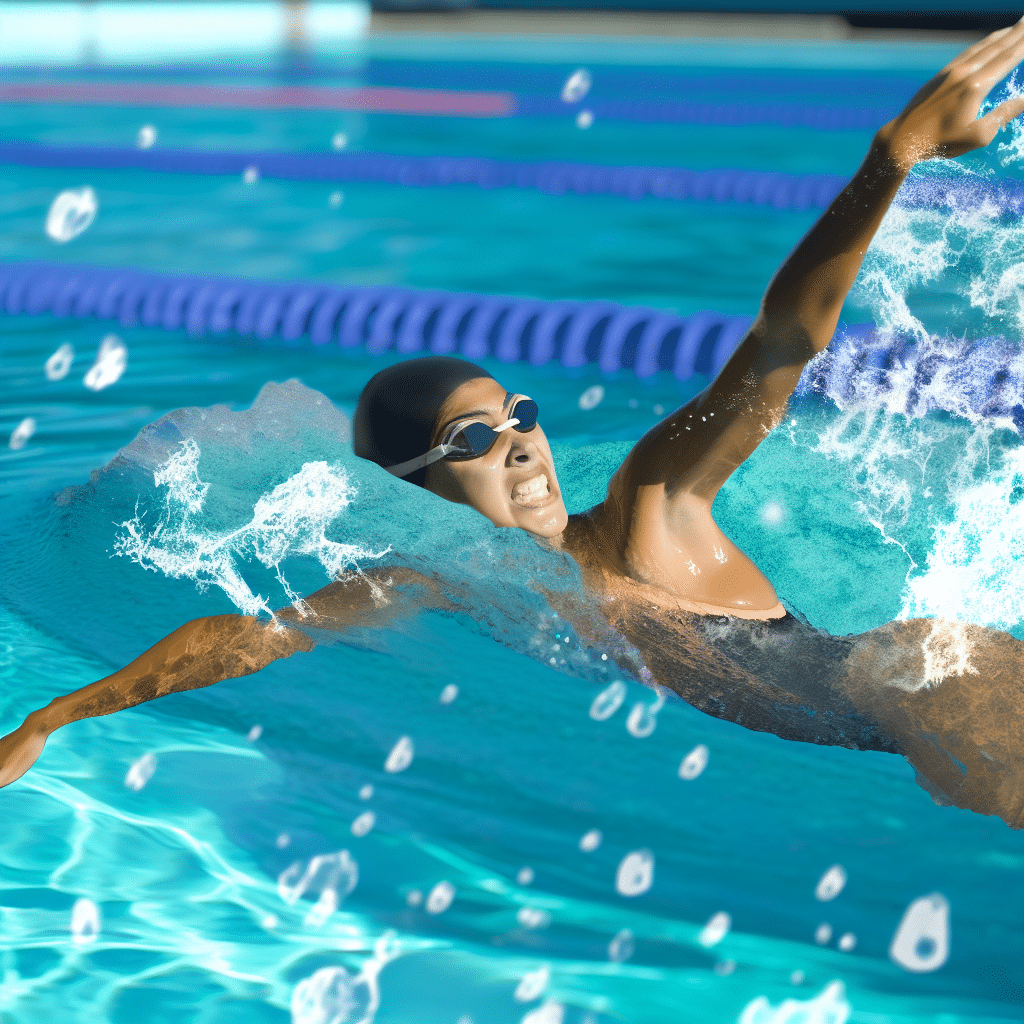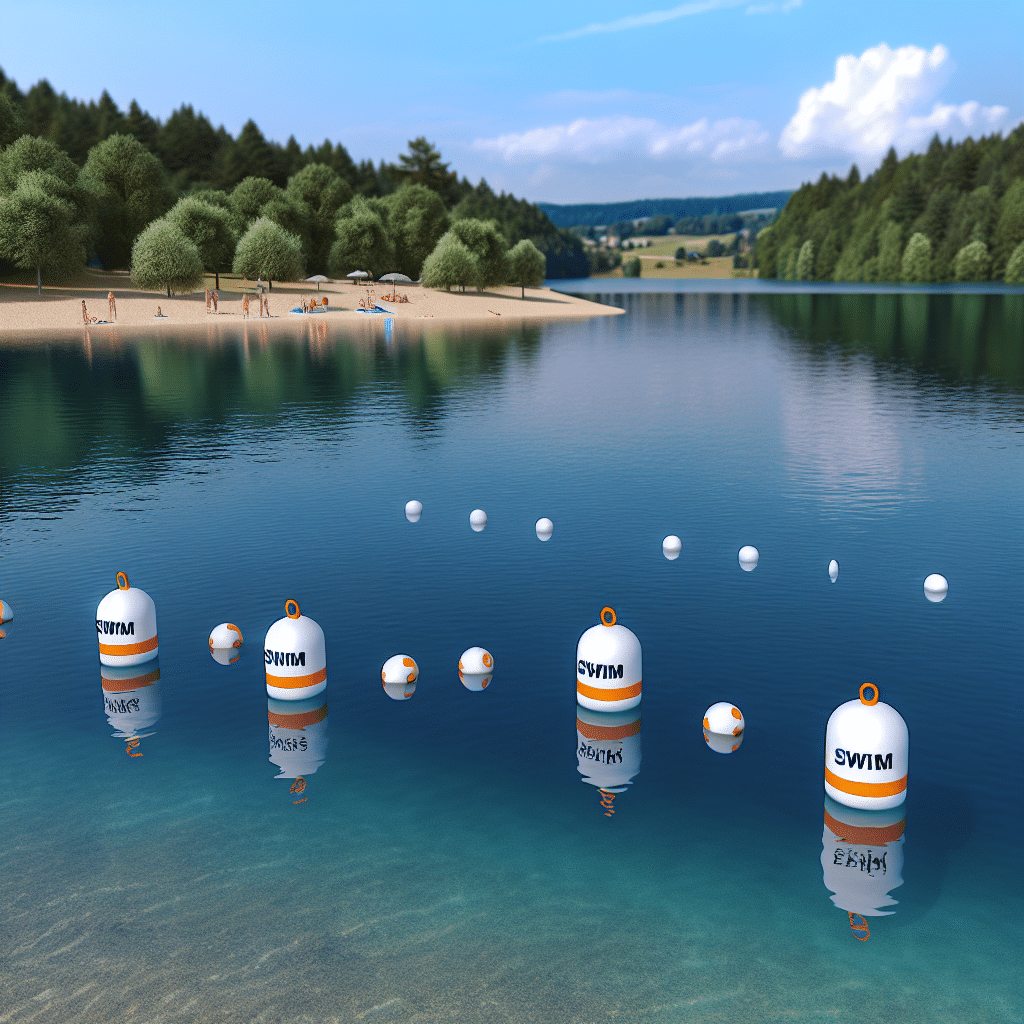Butterfly swimming, often regarded as one of the most challenging swimming strokes, showcases the epitome of power, grace, and endurance in the aquatic realm. Whether you’re a seasoned swimmer looking to perfect your technique or a beginner eager to dive into the world of competitive swimming, mastering the butterfly stroke can be both rewarding and demanding. This guide will delve into the intricacies of butterfly swimming, offering insights and tips to help you conquer this dynamic stroke.
What is Butterfly Swimming?
Butterfly swimming is a style wherein the swimmer moves both arms simultaneously, making a windmill-like motion over the water while executing a dolphin kick with their legs. This stroke demands a harmonious blend of strength, timing, and rhythm, making it one of the most physically taxing swimming techniques.
The Origins of Butterfly Stroke
The butterfly stroke evolved from the breaststroke in the early 20th century, when swimmers began experimenting with an over-the-water recovery of the arms. By the 1950s, butterfly was recognized as a separate and official swimming stroke, distinct in its execution and competitive rules.
Key Techniques and Tips for Butterfly Swimming
Success in butterfly swimming hinges on mastering several key techniques. Here, we break down the essential elements of the stroke:
Body Position and Motion
Maintaining a streamlined body position is crucial. Your body should remain horizontal, with minimal undulation. The motion starts with a significant body wave, initiated from the chest and flowing down to the hips, creating a dolphin-like movement.
Arm Movement
The arm movement in butterfly consists of three main phases: the pull, the push, and the recovery.
1. **Pull Phase**: During this phase, your hands should enter the water shoulder-width apart, with palms angled slightly outward. The pull starts with a catch, where your hands move outward and downward, engaging the chest muscles.
2. **Push Phase**: Transitioning into the push phase, your hands move inward and backward, pushing water past your hips. This phase generates the propulsion needed to move forward.
3. **Recovery Phase**: In the recovery phase, your arms exit the water and swing over the surface in a relaxed, circular motion, ready to re-enter the water and begin the next stroke cycle.
Kicks and Timing
The dolphin kick is integral to butterfly swimming. Unlike other kicks, the dolphin kick involves both legs moving together in a fluid, undulating motion. For each arm stroke, two kicks are executed: one as your hands enter the water and one as they exit.
Breathing Technique
Proper breathing is one of the most challenging aspects of butterfly swimming. Ideally, swimmers take a breath every second or third stroke. Lift your head forward just enough to inhale quickly and return it back into the water, maintaining a streamlined position to reduce drag.
Training for Butterfly Stroke: Are You Ready for the Challenge?
Training for butterfly swimming requires a combination of strength, flexibility, and endurance. Here are some strategies to help you train effectively:
Strength Training
Incorporate dryland exercises such as push-ups, pull-ups, and core workouts to build the muscle strength necessary for butterfly swimming. Focus on exercises that enhance upper body strength and core stability, as these are critical for executing powerful arm strokes and maintaining body position.
Drills and Technique Work
Specific drills can help refine your technique and improve efficiency. Examples include:
– **Single Arm Butterfly Drill**: Practice the stroke using one arm at a time, keeping the other arm by your side. This drill helps you focus on the individual components of the arm movement.
– **Kicking Drill**: Focus solely on the dolphin kick, using a kickboard to support your upper body. This drill strengthens your legs and helps perfect the undulating motion.
Endurance Training
Butterfly swimming is incredibly demanding on cardiovascular endurance. Incorporate interval training and long-distance swims into your regimen to build stamina. Practice swimming multiple sets with short rest periods to simulate race conditions.
Common Mistakes and How to Avoid Them
Despite the best intentions, swimmers often fall into common pitfalls when learning butterfly swimming. Here’s how to avoid them:
– **Over-Undulation**: Excessive body undulation can create drag. Focus on a more streamlined body position with minimal vertical movement.
– **Improper Arm Recovery**: Tense, rigid arm recovery can lead to fatigue. Keep your arms relaxed and let momentum carry them over the water.
– **Inconsistent Breathing**: Breathing too frequently or inconsistently disrupts rhythm. Establish a regular breathing pattern, ideally every second or third stroke.
Is Butterfly Swimming Suitable for Everyone?
While butterfly swimming is undoubtedly challenging, it’s also highly rewarding. It may not be suitable for very young learners or those with limited shoulder mobility. However, with dedication and proper training, most swimmers can learn to master this stroke.
Conclusion: The Joy of Mastering Butterfly Swimming
Butterfly swimming exemplifies the blend of power, grace, and endurance that defines competitive swimming. While it may be one of the most challenging strokes to master, the sense of achievement and improvement is unparalleled. Whether you’re aiming to compete at higher levels or merely looking to challenge yourself, investing time and effort into perfecting the butterfly stroke will yield substantial rewards in your swimming journey. Dive in, persevere through the challenges, and experience the exhilaration of mastering butterfly swimming.




